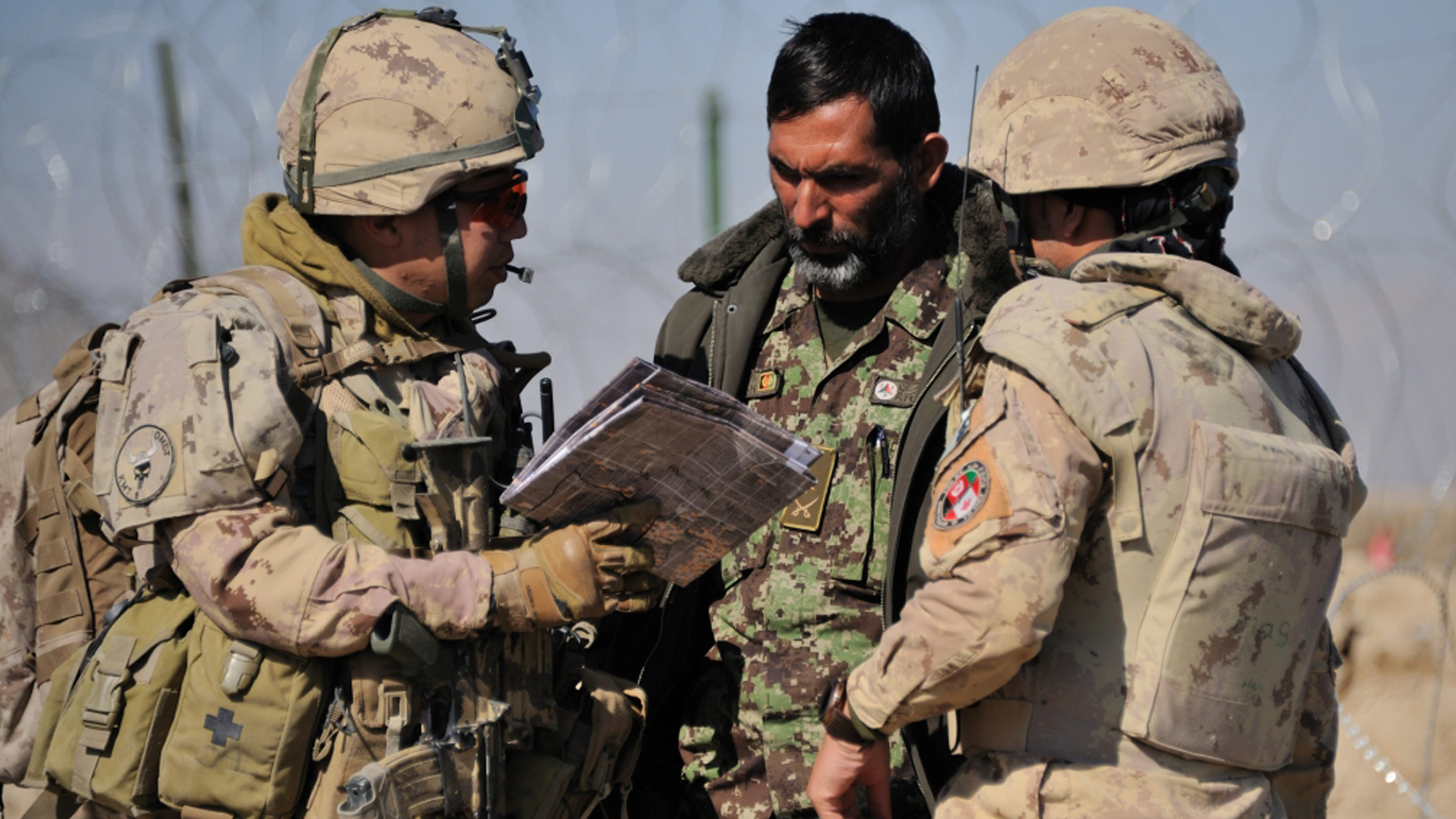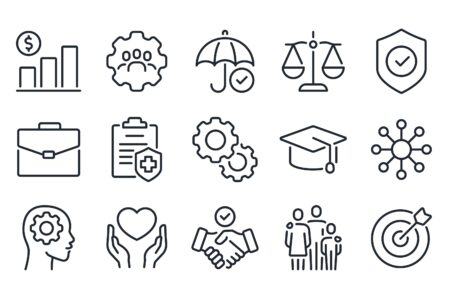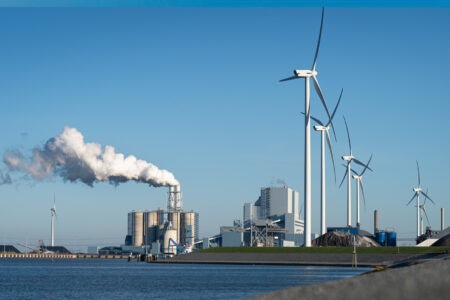
It has been more than 10 years since my second and last tour with the Canadian Forces in Kandahar, Afghanistan, a time that also marked the end of Canada’s presence in that province and the beginning of its training mission in Kabul.
I first came to North America as a refugee from the Vietnam War, hearing stories of the Fall of Saigon from my parents who carried me out of the country of my birth as a toddler. It’s a legacy that inspired me to join the Canadian Forces Reserves after graduating from dental school and completing a residency in 1999, commissioning as an infantry officer because I wanted the challenge of leading soldiers into battle. Little did I know that I would be doing more than just training in Valcartier, Que., on the weekends.
My time in Afghanistan gave me a glimpse into the operational challenges of the military mission that decision-makers in Ottawa assigned to our armed forces. It raised questions for me about whether the mission was ever able to fulfil our foreign policy objectives.

How we got there
When Canada first entered Afghanistan in October 2001 under Operation Apollo, sending special forces and a battalion into battle, my fellow soldiers watched with pride as our comrades won grueling battles in distant mountains. Yet, that deployment lasted less than a year before those soldiers went back to Canada. In 2003, we were even more thrilled when Canada returned to Kabul with rotating battle groups as part of Operation Athena, then moved to the province of Kandahar, which Taliban myth considers the birthplace of the Taliban movement.
As the violence intensified in Kandahar and nearby Helmand province, culminating with the pitched battles of 2006 and Operation Medusa, Canada seemed poised to stay the course. Then-prime minister Stephen Harper’s famous vow to not “cut and run” in March of that year convinced me that Canada was finally going to lead the world using its fine soldiers, sailors and airmen.
The next year, 2007, I took a sabbatical from the clinic where I was practicing general dentistry and started the first of two tours as an infantry officer of the famed Royal 22e Régiment (the Van Doos). I spent most of my first tour as a duty officer on shift at the provincial operations centre, where we tracked and co-ordinated all our forces in Kandahar, managing every firefight and dealing with the aftermath of every improvised explosive device blast.
I also spent a couple weeks in April 2008 commanding an Afghan National Police mentoring team after three of its members were wounded in combat at the start of that year’s fighting season (the cyclical period from April to October where the Taliban surge from their winter quarters in Pakistan into Afghanistan to harvest poppy and fight Afghan forces). Our team took part, along with the Afghan National Army, in pitched battles in Zharey district, west of Kandahar City, sometimes exchanging fire with a ghostly enemy who would fire from afar and melt away within a series of compounds in grape fields. It left little time for actual mentoring. In one noteworthy battle, with Afghan soldiers in the lead and my team watching from our blocking position, an insurgent-held compound was destroyed by a 500-pound bomb.
After returning to Canada and my normal life as a dentist for a bit more than a year, I volunteered to go back in 2010 as the operations mentor for an Afghan National Army battalion. By 2010, the U.S. surge had flooded the province with troops. The outpost I had defended in 2008 with six Canadians and eight Afghans now housed more than 100 U.S. soldiers. I found a much less violent place – one that had flourished in the years since my first tour – thanks to the hard-earned progress that previous rotations had made.
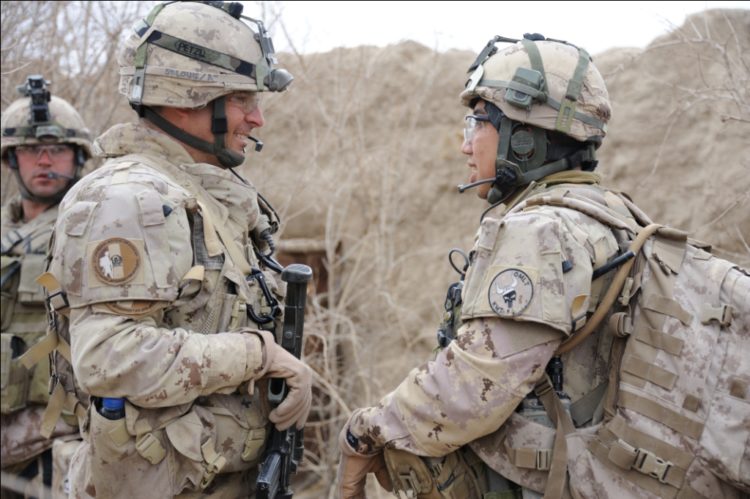
The mission
When we handed our area of operations in Kandahar over to U.S. forces in 2011, we were confident that we had achieved the mission we were assigned after years of grueling counter-insurgency, which had reduced violence and built up security forces.
Our mission was mainly understood to accomplish the following:
- Conduct combat operations to drive out insurgents and maintain security to create a secure environment for development and reconstruction.
- Facilitate the delivery of programs and projects that support national economic recovery and rehabilitation.
- Train members of the Afghan National Defence and Security Forces (ANDSF) and senior officials in the Ministry of Interior and the Ministry of Defence to provide them with the tools necessary to sustain their own security.
There was often an inherent and inevitable conflict between providing security for an area by conducting operations in the most-effective manner possible and developing the operational skills of Afghans by having them take the lead – because we knew that once we left, they would need to take over security. Especially in the early days of our deployment to Kandahar, it was necessary to use all the combat power and tactical acumen at our disposal to be able to win intense battles and take strategic ground from the insurgents. Not only was it necessary to win, the goal was to win without taking any casualties. The death of a Canadian soldier, sailor or airman – already a tragedy – was felt deeply by fellow comrades and their families, and would always grab the headline in the next day’s news, overshadowing any success an operation had.
Toward the end of our Kandahar mission in November 2011, the winter months became calm enough – thanks to our gains in security and the surge in American forces – to allow more complex operations to be carried out. Afghan security forces took the lead in carrying out operations at the brigade level, involving thousands of troops. It was hard to shake a tendency to want to shape the operations to the liking of Canadian commanders on the ground, but the progress in building the ANDSF was palpable and measurable toward the end of our mission.
The Afghan mission also showcased the importance of cultural sensitivity, empathy and the added value of diversity in an organization. The bulk of our lead-up training rightly focused on soldiering and operational skills, which would allow us to win battles – the most difficult part of the mission. This left little time to educate soldiers on more human subjects such as Afghan culture, which was a one-afternoon or one-morning lecture. Most soldiers deployed had no in-depth knowledge of the complexities in the country or sometimes even what the different ethnicities (Pashtun, Hazara, etc) were. Worse, many Canadian members were clearly uncomfortable dealing with Afghan locals. Mandatory diversity training had been introduced in years past, but it was sometimes derided by troops who resented it in cases where they felt their own leadership had no buy-in. Teams with ANDSF partners and local leaders did best.
Many other lessons were noted, and it is to the credit of our Canadian Armed Forces that they could be disseminated and applied so quickly from one rotation to the next. Leaders gained experience, and new equipment was issued, which enhanced our capabilities and improved our ability to survive and win. Thanks to Joint Task Force Afghanistan’s ability to learn and grow, Canada became the only nation that had several American battalions with hundreds of soldiers under its command until the end of the Kandahar mission. Canada’s hard-won credibility and skill continues today as it leads a multinational battle group in Latvia facing Russian forces along with using its experience in training and mentoring Iraqi and Ukrainian soldiers.
What did Canada accomplish?
In the end, even if Canada had done better in Kandahar or Kabul in the accomplishment of its mission, it is difficult to believe that the course of the conflict would have prevented the current situation with the Taliban in power in Kabul. Accomplishing our mission simply wasn’t enough to win the war.
Before we deployed in 2010, the minister of national defence spoke to us in our giant mess tent on the importance of our mission. What resonated most with me was when he said it was difficult to predict what the future would hold for Afghanistan. That shocked me. I couldn’t comprehend how someone could send people into harm’s way without telling them that their efforts would win the war. I realized later the hard truth of that statement, that Canada was but one country out of many operating under the leadership of the United States in Afghanistan. Ultimately, the future of Afghanistan rested with the Afghan leadership and its relationship with its biggest patron.
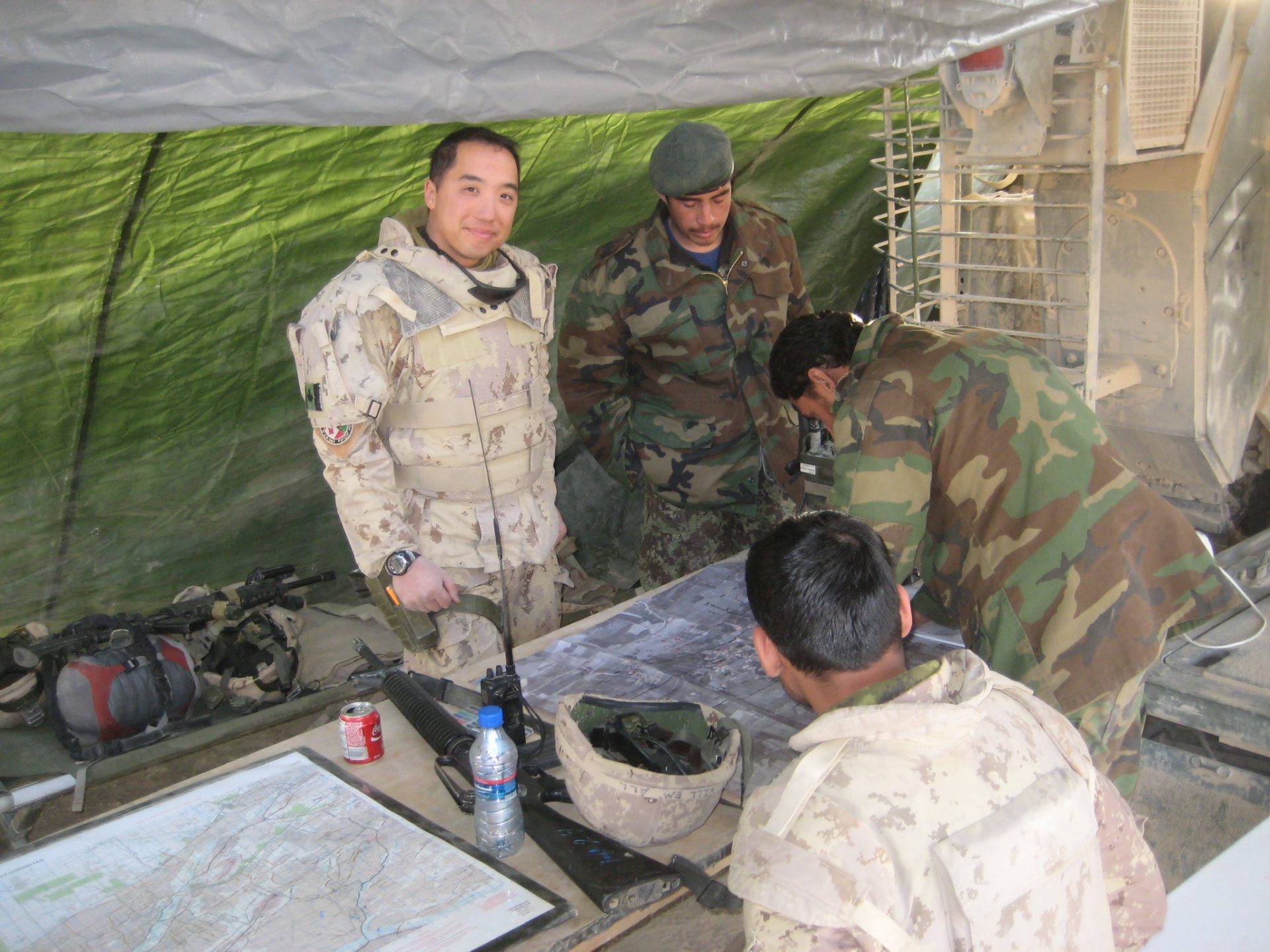
What legacy is left after all that has been sacrificed?
Today we are left wondering if our sacrifices were in vain. It has been argued that dying for your country is never a wasted death no matter what the outcome. But many of us have needed to find further meaning. The most bitter of us console ourselves with having done our best, sometimes while cursing – unfairly – the Afghan soldiers who failed to defend their own country. Many others moved on the moment they left Afghanistan. For them, their tour was but one of many stepping stones in their careers.
As someone who had no ambitions to climb the ranks in the army and who had volunteered for humanitarian reasons, it has always galled me how people who had ostensibly risked their lives to rebuild a country could be so indifferent to that country’s future. I hoped that the years I had sacrificed – years when I could have earned much more as a dentist – would have built a country capable of both defending itself against its enemies and developing itself for the benefit of its wonderful and ethnically diverse people. For many former soldiers, accomplishing the mission that Canada asked them to do was enough. For me, winning the war was more important. There was a definite disconnect for many between the mission they experienced, and the stated and unstated policy objectives Canada had put forward to justify that mission. If the objective was simply to fulfill our obligations to NATO and become a credible member of that alliance, as many experts have noted, it could certainly be argued that that objective was met just by participating. If, however, Canada’s objective was to avoid Afghanistan becoming a haven for terrorists, today’s events could very well jeopardize that.
With the fall of Kabul and the return to power of the Taliban, much of what Canada touted as its legacy thanks to its successful mission is in doubt. The roads we built and most development projects will continue to benefit Afghans, but the security forces and governance we supported have been defeated, with only remnants resisting in the Panjshir Valley, 150 kilometres north of Kabul, as of this writing. The only certainty I am left with is the knowledge that 20 years of our presence have exposed Afghans to an information and media explosion that has changed their society forever. It’s a country that has gone from zero to 18 million cellphone subscribers paying affordable prices for often better reception than we have in Canada. It’s a country where in 2011, I was able to spend many afternoons with my Afghan brothers-in-arms watching translated films like Waterworld, X-Men cartoons, Pakistani and Indian dramas, and the Afghan version of Let’s Make a Deal. An estimated 60 per cent of Afghans today are younger than 25 and have grown up immersed in this wealth of information, an awareness of the diverse ethnicities and cultures of their country and a sentiment of national pride. We can only hope that this will allow them to eventually triumph.
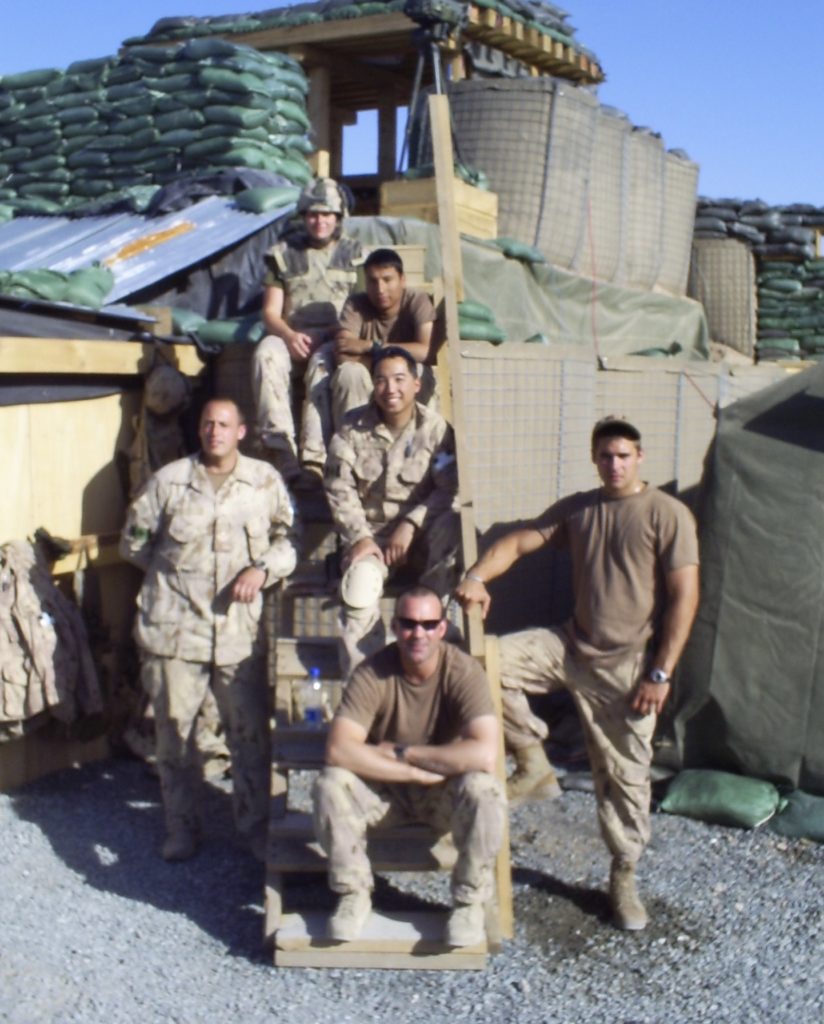
The way ahead for Canada
The way forward is difficult. As of this writing, Canada has not recognized the Taliban government, and the Trudeau government has said it has no plans to do so. Canada will find it tough to support the resistance fighters in Panjshir Valley without the involvement of larger nations. What Canada can do more easily is evacuate vulnerable Afghans under the American umbrella at the Kabul airport and in the coming months accept a number of vulnerable Afghans who manage to apply for asylum here.
Afghan interpreters especially need to be brought to Canada for their safety. Our interpreters shared the same or often even greater risks than we did. The threats were not aimed just at them but at their entire families. Our mission could never have accomplished its stated objectives without their presence, skill and courage. When interpreters initially signed up, they were promised a chance to emigrate to Canada if they could prove they were in grave danger and had completed 12 months serving with us. Unfortunately, that excluded many of our interpreters, who are still in danger today. The Taliban have no such 12-month threshold before branding them traitors. The Canadian policy may have made sense in 2011, when it would have incentivized them to bring their important skills to other national contingents still present in Afghanistan, but it seems unnecessarily harsh now that the Taliban have overrun the country.
I also cannot stop thinking about the brave Afghan soldiers and officers whom I had the honour of mentoring during my second tour. They often had not been back to their home provinces in almost a year, and had to take buses dressed in civilian clothes through Taliban-infested roads to get money to their families. Those Afghan soldiers then saw rotation after rotation of fresh and motivated Canadian troops hungry to fight, and had to endure their cursing when they did not show as much drive to go on patrol. On Aug. 16, U.S. President Joe Biden derided Afghan forces by declaring that “Americans shouldn’t die in a war that Afghans aren’t willing to fight.” This ignores the thousands of Afghans who died fighting year after year in even larger numbers as the U.S. drew down its own troop numbers. In 2018, sometimes 40 to 60 Afghan soldiers and police officers were dying every day, so many that the casualty figures were no longer made public after that year.
The reasons for the collapse are much more complex than the simple question of bravery, and many articles and books will continue to be written detailing them. As for security units in Kandahar, into which we had invested so much, they fought on for weeks even as district after district fell, starting with Panjwai on July 3. In mid-July, Afghan forces even attempted to counterattack and take back the Afghan-Pakistani border crossing at the town of Spin Boldak. In the end, one group of police officers were reduced to eating slimy potatoes to sustain themselves during the house-to-house fighting.
As I watch the evacuation in Kabul, I’m reminded of the stories my parents told me about the Fall of Saigon. My grandfather had been a senior military judge who had condemned a lot of Communists. My mother, a pharmacist, feared reprisals against government and military families would bring a bloodbath. Just in case, she had procured cyanide.
To get me out, my parents first tried to put me on an orphan flight with Operation Babylift even though my mother thought she would never see me again. I often think about how desperate you would have to be to give up your child, knowing you would never see him again, to give him the best life you could. In the end, I was lucky I didn’t end up on that particular flight: the plane crashed, killing many of the children on board.

Finally, a week before the Fall of Saigon, my aunt, Kim Oanh, and her American husband, my uncle Mike Cook, were able to get an embassy worker to evacuate us to the airport in the middle of the night without alerting our neighbours. My father wrote about the utter shame and loss he felt when the word “Apatride” (“No Country”) was stamped on his immigration form, because South Vietnam no longer existed. The country he had grown up in, and fought for, was now gone. Yet, thanks to his medical degree, for which he had studied in French, he was able to redo his internship and residency in Quebec and rebuild his life there. It was truly La Belle Province. Today, Canada is our home and will be the home of our descendants.
In Why I Hate Canadians, satirist Will Ferguson once described Canada as the land of second chances. It can be one for the many vulnerable Afghans who have risked their lives fighting for a better country. It can also be a country that will help Afghans still in Afghanistan to have a second chance to rebuild their country.




